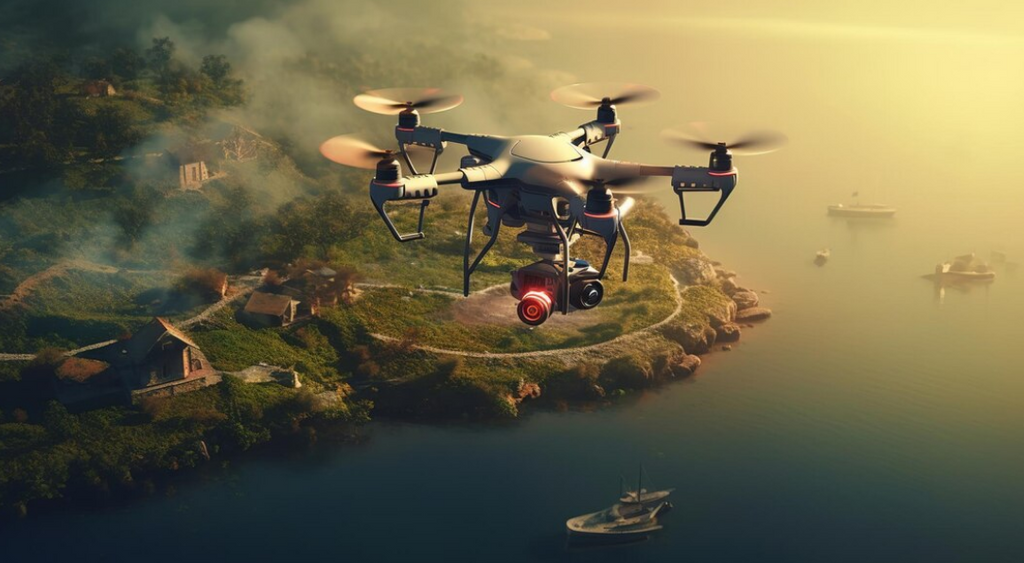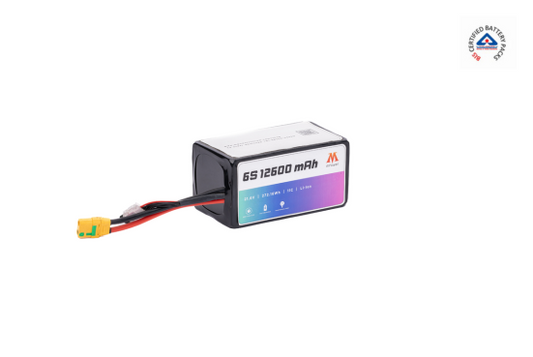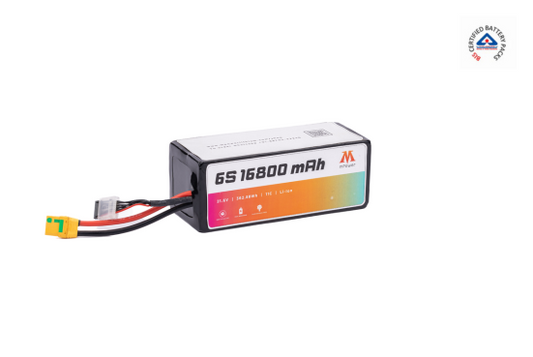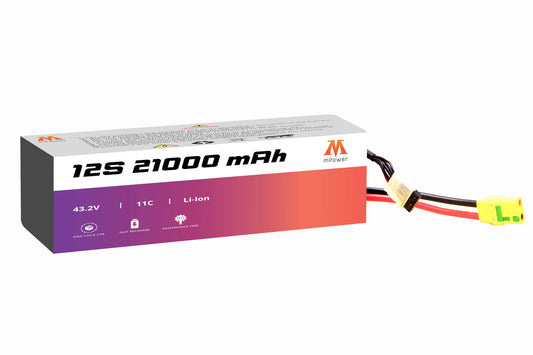
Drone technology has witnessed remarkable evolution over the past few decades. It directly revolutionized various industries and transformed the way we approach various tasks. From military utilizations to commercial applications, drones with optimal drone battery, have become integral to numerous domains, driven by rapid advancements in technology. This blog aims to examine the journey of drones technology evolution, focusing on key milestones, innovations, and the role of AI-driven autonomous drones. Besides, we’ll discuss the emerging trends like drones for single-passenger transport and the significance of drone batteries.
Early Development Phase Of Drones
Drone, priorly referred to as Unmanned Aerial Vehicles (UAVs), have their roots deeply embedded in military reconnaissance efforts. In the initial days, drones were primarily used for surveillance and reconnaissance missions during world war I. These early iterations of drones provided invaluable intelligence gathering capabilities without risking human lives.
The evolution of drone technology began with rudimentary models equipped with basic camera and manual controls. Early drones often resemble oversized model airplanes, despite their simplicity, they marked the beginning of a transformative journey. When military organizations recognized the potential of drones to revolutionize warfare they started investment on research and development. It leads thinnovation in areas like aerodynamics, communications technologies, and propulsion systems. What’s more, military applications pave the way for the widespread adoption of drones across civilian sectors.
Advancement In Drone Technology
Rapid advancement in drone technology has been fueled by crucial progress in various domains, such as sensor technology, battery efficiency, and miniaturization. Advancements in sensor technology have improved their capabilities for data collection and analysis. Also, enhancements in battery efficiency have extended flight times and operational endurance, enabling drones to perform a wider range of tasks. Furthermore, miniaturization attempts allow drones to become smaller and more lightweight.
One of the prominent outcomes of these advancements is the development of small forms of drones. The smaller drones are not only agile and versatile but also more accessible to a wider audience. It is due to their ability to navigate through tight spaces with greater ease, making them ideal for operations like inspection, search and rescue operations, and surveillance.
Moreover, the integration of GPS (Global Positioning System) technology has played a critical role in improving the navigation ability of drones. They enable precise positioning and navigation, allow drones to autonomously follow predefined flight paths and execute complicated tasks with accuracy and precision.
Overall, the rapid advancement of drone technology has significantly expanded their capabilities and applications in various industries.
AI-Driven Autonomous Drones Revolution
AI-driven autonomous drones present as the significant lead forward in drone technology. By utilizing the power of artificial intelligence, drones have enhanced their autonomy and intelligence. With sophisticated AI algorithms drones are able to process a vast amount of data in real-time. This enables them to make informed decisions and have situational awareness during operations.
Besides, AI enables drones to adapt to dynamic environments and scenarios, making them valuable assets across various sectors. For example, in the agriculture sector, autonomous drones identify areas of pest infections, disease outbreaks, or nutrient deficiency by conducting crop monitoring tasks with precision.
Similarly in the construction industry, drones equipped with high resolution cameras and LiDAR(Light Detection and Ranging) sensors, are employed for site survey and monitoring. They can generate 3D maps of construction sites, track progress, and identify potential safety hazards, eventually facilitating better project management.
Altogether, in logistics and inventory management, AI empowered drones streamline various operations. These operations involve navigating warehouses, scanning barcodes, and managing inventory levels. This results in cost savings, enhanced efficiency, and minimize errors in inventory management operations.
Furthermore, AI-driven drones equipped with thermal imaging cameras and other sensors, deployed in disaster responses and search and rescue missions. These drones are ideal to locate survivors, assess damage, and coordinate rescue attempts more efficiently. It ultimately saves lives in critical situations of disaster management.
In general, AI-driven autonomous drones are revolutionizing industries by augmenting human capabilities, improving efficiency, and enabling new applications.
Revolution In Drone Technology With Single-Passenger Transport
Evolution in drone technology has brought a groundbreaking shift with innovations in single-passenger transport. Companies like Volocopter and EHang have emerged as pioneers in this field. They are developing prototypes of electric Vertical Take-Off and Landing (eVTOL) drones which are capable of carrying passengers.
The concept of single-passenger transport drones have immense potential to address urban mobility challenges. Cities, which are facing issues like increased traffic congestion, pollution, for such cities these drones are emerging as a promising solution to address these issues. The key advantage of single-passenger transport drones is their ability to operate in densely populated urban areas with limited space for traditional transportation infrastructure. This flexibility opens up new possibilities for urban air mobility. Also, enables commuters to travel directly from point to point without the constraints of ground-based transportation networks.
While the concept of passenger carrying drones introduces exciting opportunities, there are still some challenges that need to be addressed properly. These challenges include safety regulation and public acceptance concerns. These must be addressed properly in order to ensure the widespread adoption of this innovative technology. Despite these challenges, the potential advantages of single-passenger transport drones are undeniable. It is because it paves the ebay for a more efficient, sustainable, and accessible future of urban mobility.
Significance Of Drone Batteries
The role of the drone battery is specific in determining the flight endurance, payload capacity, and overall performance. Lithium-ion batteries are at the forefront of drone battery technology. They have become the standard power source for most commercial and consumer-grade drones. Lithium-ion batteries are ideal due to their high energy density which allow them to store large amounts of energy in relatively compact and lightweight form. This is essential for drones as it enables them to achieve longer flight times while having a manageable weight. Besides, lithium-ion batteries offer fast charging ability that offers drone operators to minimize downtime and maximize productivity. Furthermore, advancement in battery technology continues to drive innovations in the field of drone batteries.
Final Words
The evolution of drone technology has been marked by rapid advancements, driven by innovations in AI, battery technology, and miniaturization. However, for proficient lithium-ion drone batteries opt for mPower batteries. They provide customized batteries for drone manufacturers and developers. For optimal drone battery price opt mPower lithium-ion batteries.












